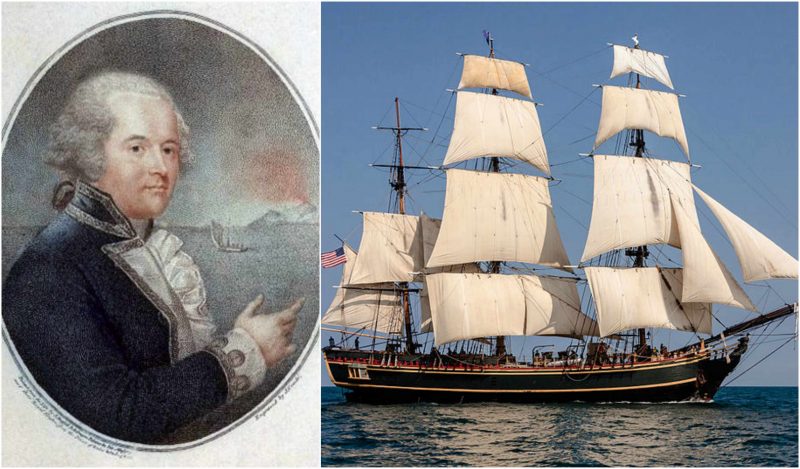The mutiny on the ship HMS Bounty in 1788 is one of the most famous sea dramas in history.
In popular culture, Lieutenant William Bligh has usually been presented as an overbearing master and crew member Fletcher Christian the likable protagonist who suffered unjust punishments that drove him to extreme action. However, historians from the late 20th and early 21st century who have studied the Bounty‘s case in depth are rethinking what happened on the ship.
The HMS Bounty was built at the shipyard of Blaydes in Hull, Yorkshire, in 1784. It was built as a collier named “Bethia” before it was purchased by the Royal Navy in 1787 for £1,950 and renamed the Bounty. The ship was acquired to transport breadfruit plants from Tahiti to the British colonies in the West Indies. The expedition was organized by the president of the Royal Society, Sir Joseph Banks.
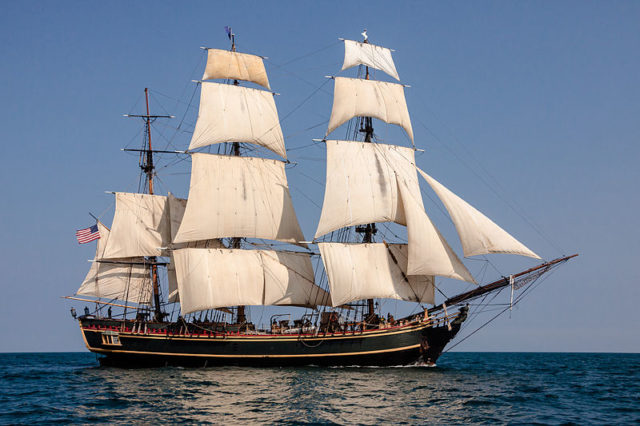
Banks and the society’s aim was to provide cheap food for the slaves on the Caribbean plantation whose owners believed breadfruit would grow well in the West Indies. Banks supervised the refitting of the Bounty at the Deptford Dockyard on the River Thames. The great cabin on the ship, which is normally a space for the captain’s quarters, was redesigned and converted into a greenhouse with skylights, glazed windows, a lead-covered deck, and a drainage system to prevent the waste of fresh water. This was all done with the purpose of keeping over a thousand potted breadfruit plants.
The arrangement of space on the ship meant that the officers and the crew would have to share a very tiny common space throughout the voyage. Command of the expedition was given to an experienced sailor, Bligh, who had served as sailing master on HMS Resolution on the final voyage of James Cook. The rest of the crew consisted of 46 men, including two botanists, as well as a veteran of Cook’s expedition, David Nelson, and his assistant, William Brown. Among the other warrant officers was a gunner, a carpenter, a surgeon, and a boatswain.
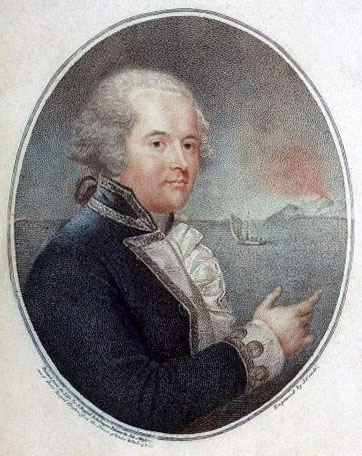
Most of the crew members on the Bounty were chosen or recommended by Bligh. Among them was Christian, a 23-year-old sailor who chose the life at sea rather than the legal career he could have had, being a member of a wealthy family in Cumberland. Before the voyage on the Bounty, Christian had already sailed twice under Bligh to the West Indies. He was one of the so-called “young gentlemen” on the ship who had aspirations of becoming naval officers. Christian and Bligh had a teacher-pupil relationship, through which the young man had learned navigating skills.
The Bounty sailed from Deptford on Oct. 15, 1787, and headed to Spithead in the English Channel, where it lingered until the end of November due to bad weather. The ship was supposed to pass around Cape Horn in South America, but when the ship approached, it was slowed by storms that even Bligh had never seen before. The crew was exhausted and passing Cape Horn seemed impossible. After two weeks in the area, on April 17, Captain Bligh informed the crew that they were turning back and sailing to the Cape of Good Hope at the tip of South Africa. After necessary stops in False Bay and Adventure Bay in Tasmania, the Bounty finally anchored in Matavai Bay, Tahiti, on Oct. 26, 1788, ending its journey of 27,086 nautical miles (31,170 miles, or 50,163 kilometers).
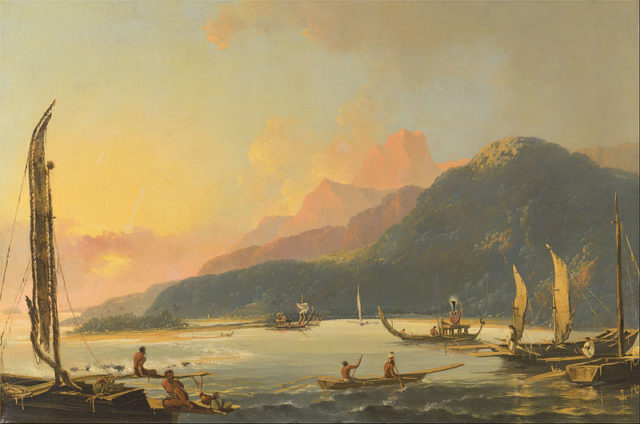
As soon as the crew landed in Tahiti, Bligh approached the local chieftains to secure their cooperation. Tynah, the leading chief, recognized Bligh from Cook’s voyage 15 years before and greeted him warmly. Bligh gave gifts to the chieftains and told them that King George III desired only breadfruit plants in return. The request was happily accepted by the chiefs without hesitation. Fletcher Christian was assigned to lead a shore party to establish a compound where the plants would be nurtured.
The crew remained in Tahiti for five months, during which time their workload was quite light. Many of the men led promiscuous lives among the Polynesian women and 18 of them, including Christian, received treatment for venereal infections. Some of the men formed regular relationships with one partner from the island. Christian became close to a native woman named Mauatua. Bligh remained chaste, but he tolerated the hedonistic activities of his men. However, he did expect them to do their jobs efficiently. That’s why he was so disappointed and angry when he detected a rising laziness and neglect among many of the officers. He wrote, “Such neglectful and worthless petty officers I believe were never in a ship such as are in this.”
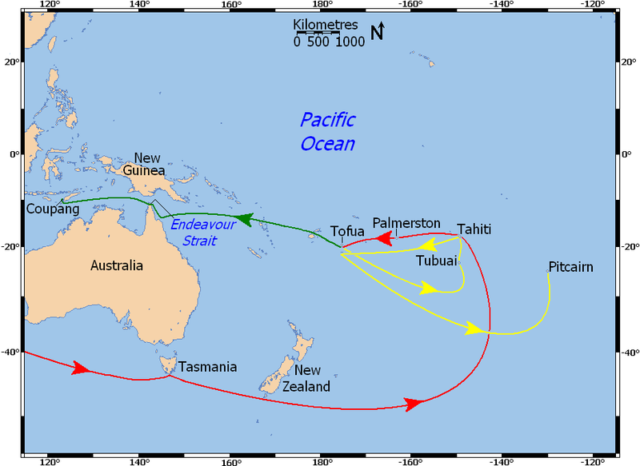
Red line – Voyage of the Bounty to Tahiti and to the location of the mutiny, April 28, 1789.
Green line – Course of Bligh’s open-boat journey to Coupang, Timor, between May 2 and June 14, 1789.
Yellow line – Movements of the Bounty under Christian after the mutiny, from April 28, 1789 onwards.
When one of the crew members died, Bligh blamed the lack of discipline and the promiscuous lifestyle. He turned against his men, punishing, offending, and humiliating them without good reason. Christian was often a particular target for Bligh’s insults, labeled as his biggest disappointment. He insulted Christian in front of the crew and the Tahitians. The relationship between Bligh and his men became quite strained. From February until the beginning of April, the pace of work increased, with more than 1,000 breadfruit plants potted and carried onto the ship. The great cabin was filled, the ship overhauled, and Bligh was eager to leave the island.
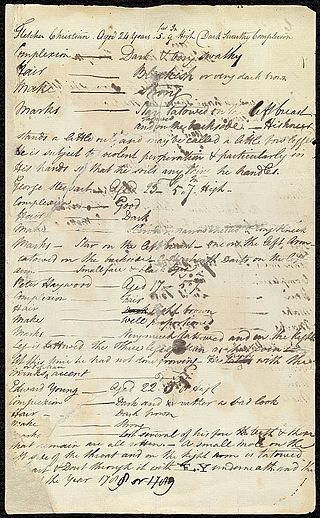
The Bounty departed from Tahiti at the beginning of April, but things only got worse. Bligh had already made himself an enemy with almost all the members of the crew. He was never content with whatever they were doing and started abusing, criticizing, and punishing them harshly. After only three weeks at sea, around twenty men led by Christian forced Bligh from the ship, setting him and his supporters adrift in a launch boat. Twenty-five men remained on board, including both the rebels and some loyalists who were held against their will.
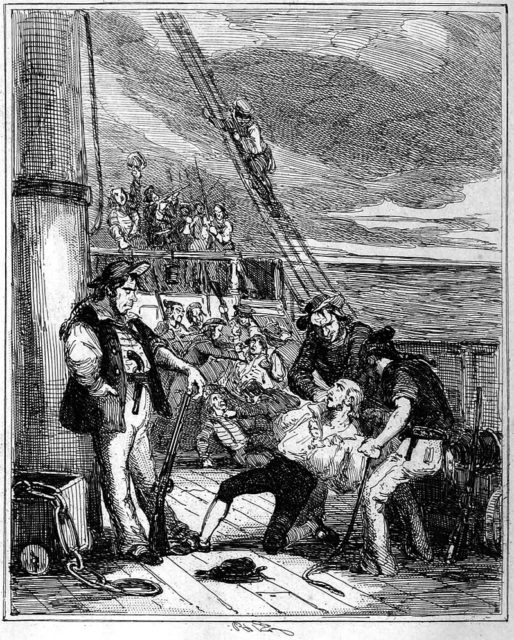
After Bligh reached England in April 1790 following a miraculous journey, HMS Pandora was dispatched by the Admiralty to apprehend the mutineers. When the ship arrived in Tahiti, only 14 members of the Bounty‘s crew were apprehended and imprisoned on the ship.
The Pandora‘s crew continued searching for Christian’s party, not knowing that he and eight other mutineers had sailed to the uncharted Pitcairn Island in the Pacific. After settling on shore, Christian and his crew burned the Bounty.
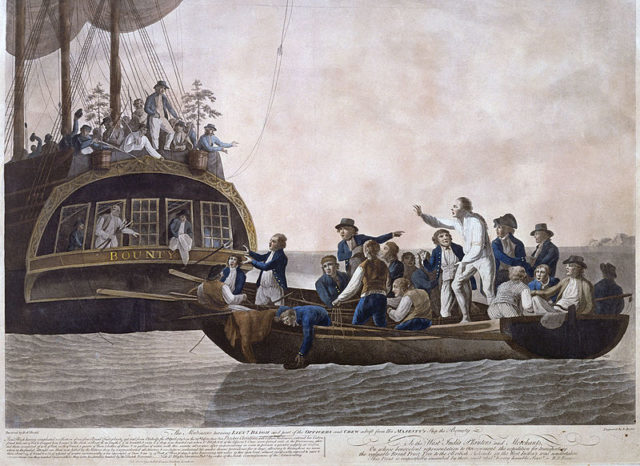
On its way back home, the Pandora ran aground on the Great Barrier Reef, killing 31 crew members and four prisoners from the Bounty. The ten surviving mutineers arrived in England in 1792. Four of them were acquitted, three were pardoned, and three were hanged.
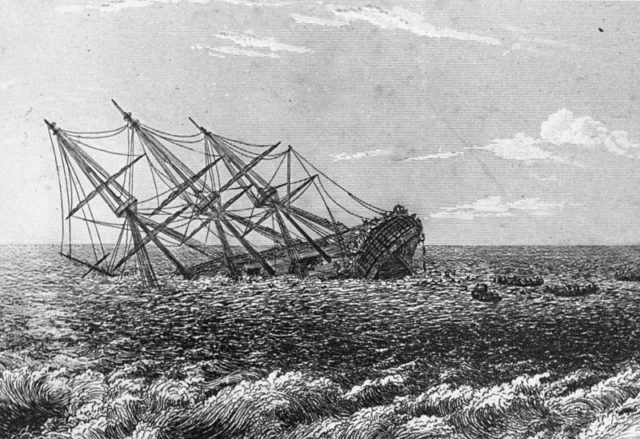
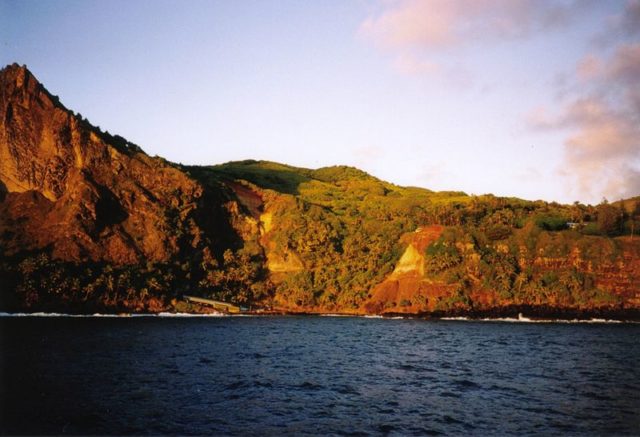
On the other side of the world, on Pitcairn Island, Christian and his fellow mutineers were killing one another in various conflicts. No one knows why Fletcher Christian was murdered or by whom. They remained undiscovered until 1808, at which point the only surviving mutineer was John Adams. He and Ned Young survived the conflicts between the ex-Bounty crew and their Polynesian companions, but Young died of asthma in 1800. No action was taken against Adams.
Today the inhabitants of Pitcairn Island, numbering not many more than fifty people, mostly bear the names of the original mutineers, a legacy of the violent takeover that led to so many questions and not a little suffering.
